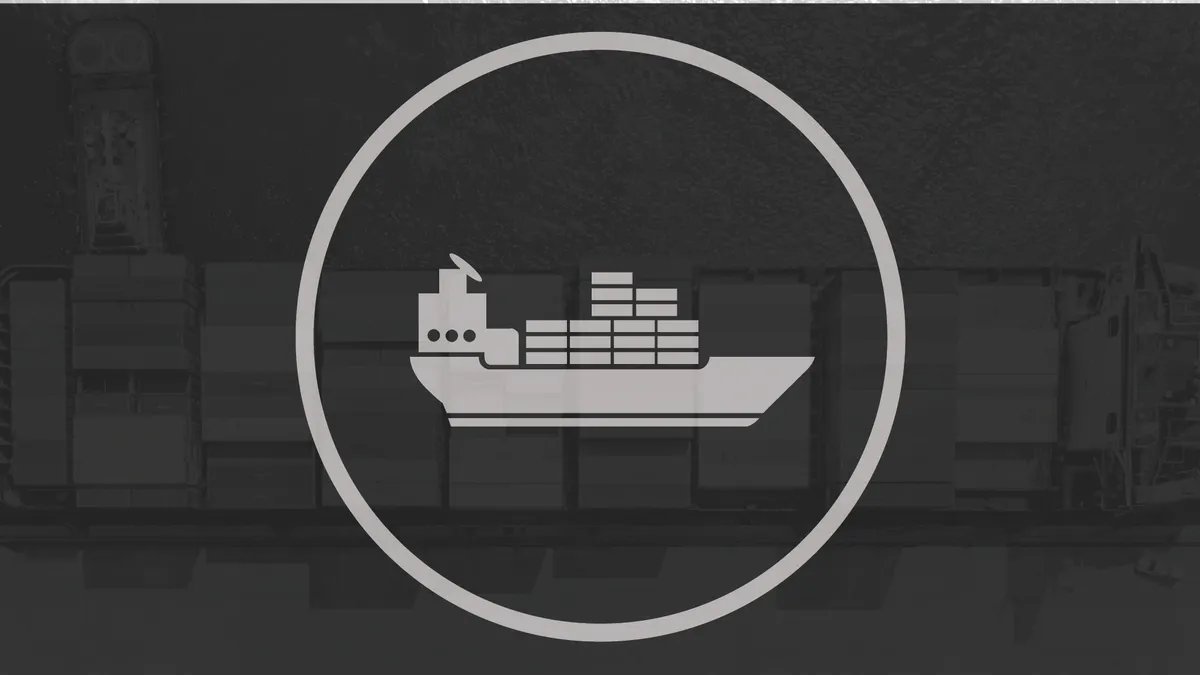Editor's Note: This story is part of a weekly analysis of the logistics industry's latest statistics. See an overview in our data hub.
Dive Brief:
- Ocean freight rates from China to the U.S. East Coast fell 0.71%, while transpacific rates rose 2.02% in July, compared to June's figures, according to data from the Freightos International Freight Index.
- The diverging trends suggest differences in the two coasts' supply-demand balance as peak shipping season nears. As of May, ports on both coasts experienced a third consecutive month of growth in loaded imports.
- However, a year-over-year comparison of rates shows a steady decline of prices to the U.S. East Coast and a steady rise for the West Coast. Compared to 2016, rates to the West Coast fell 15% and 6.09% in June and July, respectively, while they rose 8.80% and 11.42% when shipping to the East Coast.
Dive Insight:
The ocean shipping landscape is far different today than it was a year ago, and the changes are affecting rates to the U.S., albeit differently depending on the coast.
In the past 13 months, ocean carriers have undergone a new wave of consolidation, some have gone bankrupt, the Panama Canal has expanded, and the global economy has shown signs of recovery despite adverse trade environments. Altogether, these factors indicate that the industry is on the cusp of a change in the shipping cycle — the market dynamic that raises and depresses rates according to the state of the industry.
Last year certainly seemed to be the trough of the cycle. The first three steps leading to the trough, or the "lower phase" according to the United Nations' Economic Commission for Latin America and the Caribbean, involve severe declines in "freight rates, industry revenues and profits," leading to an increased in idled and scrapped ships. At some point however, circumstances change and a growth in demand begins to outpace the growth in supply. Eventually, this will lead to higher rates and a renewed period of profitability for the industry.
The most recent figures show this is beginning to occur as ports on both coasts see a rise in demand, which will begin to catch up to supply.
In the East Coast, less accustomed to large volumes and vessels, this shift may be the cause of significantly higher rates already. Yet in the West Coast, little has changed beyond the actors, potentially explaining the lag in rate increases. In addition, Freightos' index calculates base spot rates and may not include the peak season surcharges carriers are beginning to impose.
Regardless, if these trends continue over the next few months, it would suggest a clear change in the shipping industry's path. If that is the case, and the shipping cycle holds, shippers would do well to begin preparing for consistent increases in rates before long.














